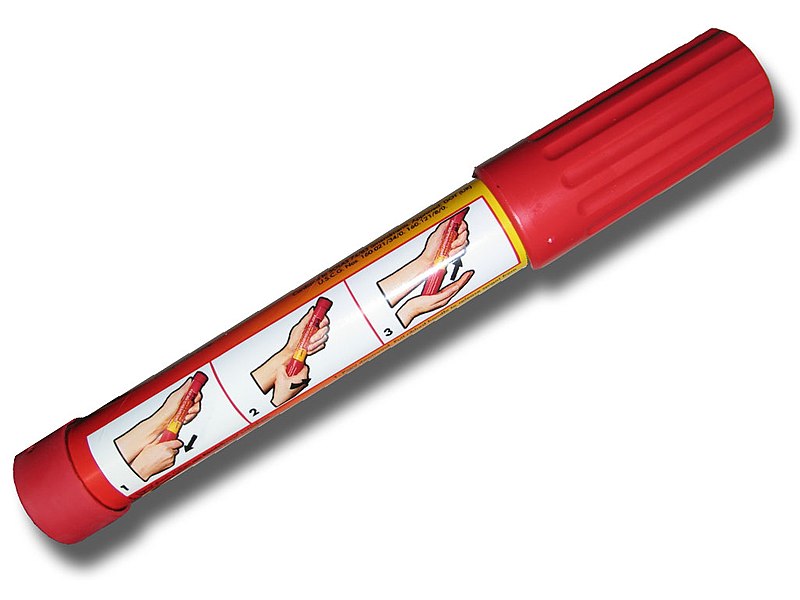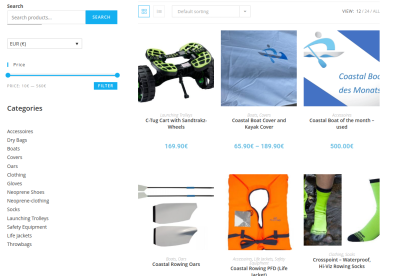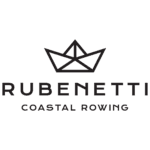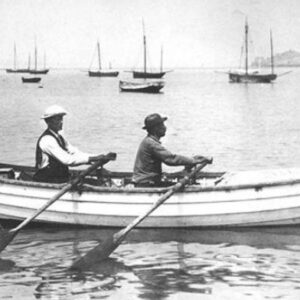The first coastal rowing tours have started again. This makes the topic of safety and safety equipment important again. Especially if you think about tours along the coast or island hopping, the subject of safety is always a top priority.
Most of the tour guides are passionate touring rowers and have a lot of experience. And no tour guide wants to get into distress at sea.
We recently spoke to Volker, Managing Director of the Rowing-in-Europe GMBH. Rowing-in-Europe is an organization that organizes professional rowing trips on coasts and rivers worldwide. He gave us some tips about the safety equipment a tour rower should have on board.
“Before every trip, we always do a risk assessment. Together with the crew we consider the equipment we should take, and how and where the equipment is placed.” Let’s have a look what makes sense from his experience:
Life jackets and compass
You shouldn’t even think about these things anymore. They belong in every boat. Some people discuss the necessity of a compass. Again and again we hear the argument – we can see the coast and my cell phone has a GPS, why would I need a compass. Cell phones are good as long as there is reception and they have power. If a cell phone falls into the water or your dry bag drifts out of the boat – what then? A small waterproof and sandproof compass weighs only 150gr. and can be attached anywhere in the boat / outrigger. It’s a tiny piece of equipment, that may save your life.
MOB equipment – man / woman overboard
What happens if a person falls off the boat? Different factors determine the quick and safe rescue and recovery of a person who has fallen overboard. Once the person is overboard, it is very difficult to get them back into the boat when the waves are rough, even more when the person has been injured. What can you do?
- Put on life jackets early enough. When the sea gets rough, put the vests on, no questions about that, please. If someone falls overboard, then …
- Throw a marker buoy after them. Even on a short distance, a person can no longer be recognized or found in the water if the sea is rough. Therefore the cox should immediately throw a marker buoy after the person. Some models have a position light (Costs from 1300€).
- Swimming-lines, lifelines or stretch ropes: “A colleague, who also organizes rowing tours, uses ropes 10 m in length that are attached to the outrigger and ankle of the rowers. It is a solution that allows the person to drift a maximum of 10 m away from the boat. I only recommend this as an ultima ratio. If you fall off the board but the boat continues to drift on the wave, serious ankle/leg injuries can occur, which might make it difficult to get into the boat again. I would rather advise the person to throw a long rope or line after them to keep them connected to the boat.”
- Three attempts: From rowing on the river we know – Our strength to get back into the boat independently is enough for 3 attempts. The body also cools down and the blood circulation slows down, so it’s important one of the 3 attempts is successful!
More ideas about safety equipment for coastal rowing tours: Minimum equipment (in German). Plus: Think about a throw bag.
Safety equipment for coastal rowing tours: distress and radio buoys:
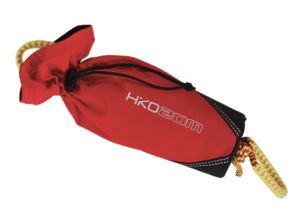
Here are our recommendations for tour rowers who dare to venture further out at sea:
Rowing in Europe uses PLBs (Personal Locator Beacons) as safety equipment for coastal rowing tours. This is a signaling device similar to EPIRP, but not approved for ships but for people. They are attached to the person (life jacket, upper arm, etc.). These devices have to be officially registered. And every user needs to know what happens when the alarm is triggered. An irrevocable rescue operation is started. Once triggered, deactivating the alarm is no longer possible. You have to call the registration office personally and give the all-clear. Volker says to the topic: “It is annoying that we cannot register the PLB’s in Germany. Our Federal Network Agency needs the name of a ship and a ship license. There is no such thing for rowing boats”.
The solution: Most shops in Germany register the device with an ID in England but interestingly (or funnily) enough Switzerland and Austria are possible as well. PLBs are a sensible and affordable (less than 300€) aspect of safety equipment for ambitious rowing tours away from the nearby land.
Safety equipment – pyrotechnics onboard?
If you are thinking about signaling devices to the rescue, you will likely think about signal flares. But do some research before buying. Not all signaling devices are allowed. Pyrotechnic distress signals that are shot out of the hand are subject to the Explosives Act. These signaling devices are not that easy to use.
T1 signaling devices can be acquired by anyone over the age of 18. Flares and distress signal transmitters with a rise of up to 80 meters (signal transmitters and their ammunition that are not subject to any explosive acts, e.g. Nico signal transmitters) are okay.
Of course, they only work if you keep them dry in the boat. And be careful with the ignition. Two years ago we burned our hands during an exercise.
There are a lot of checklists and guides from the sailing sport. FISA has also listed a few things here.
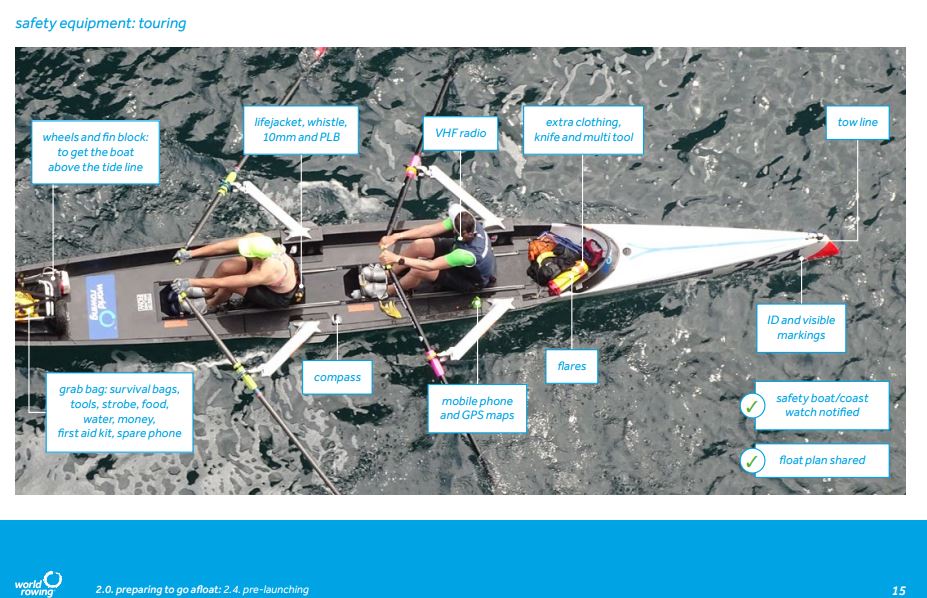
At some point, however, you will run out of space. Above all, you have to ask yourself the question: What makes sense? Coastal boats lie flat on the water. Do we need radar reflectors or inflatable floating buoys for the fog? Unlikely. Rowing in Europe usually takes the equipment listed below with them, even if it has never been used before. “I would rather change the equipment after 2-3 years than leave it completely. That would be foolish,” says Volker.
Coastal Rowing and Nautical Equipment
We would suggest the following as the minimum equipment:
- Numbers from DLRG / Coastguard, packed waterproof
- Stoke / Speed coach
- Ladles
- 15-20 meter long ropes
- Life jacket for every person on board
- Cell phones or GPS devices, packed waterproof
- Compass
- NOT / MOB equipment
- Marker buoys
- Hand torch
- PLB
- Small, foldable boat trolley or foam tubes for placing an injured person on the beach
- Paddle hook

